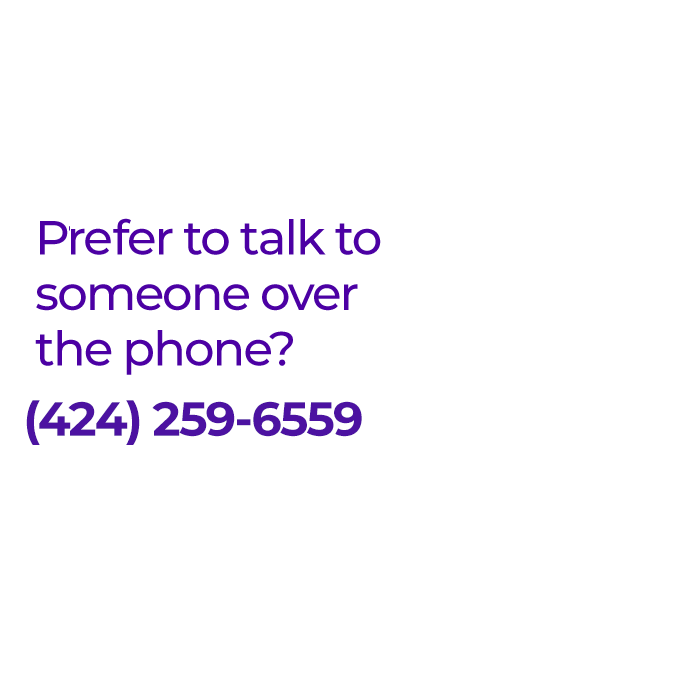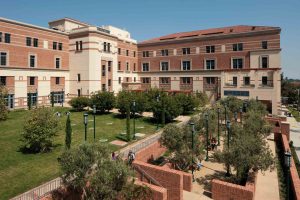Upper Airway Stimulation (Inspire Medical Systems, Golden Valley, MN, USA) is an excellent treatment option for many patients with moderate to severe obstructive sleep apnea who are unable to tolerate positive airway pressure therapy (for example, CPAP or BPAP) well. There are a number of specific criteria to determine whether a patient is eligible for treatment with Inspire. These include levels of body mass index (comparing a person’s body weight vs. height), the existence of little central or mixed sleep apnea, and the absence of a specific finding (complete concentric collapse related to the velum, or soft palate) during an examination called drug-induced sleep endoscopy.
As the first surgeon in the Western US to offer Inspire treatment after FDA approval in 2014, I have been performing Inspire for many years. Part of our continuous quality improvement has been the examination of which patients have done well or not quite as well. We have led research going beyond the basic eligibility criteria to evaluate findings of drug-induced sleep endoscopy that are associated with better or poorer outcomes.
Insomnia and Inspire Therapy
Insomnia and obstructive sleep apnea are both common conditions, so it is not surprising that they often coexist. Insomnia, especially the insomnia that includes trouble falling asleep and/or staying asleep, can present major hurdles for patients who are trying to tolerate positive airway pressure therapy, as the equipment (masks, headgear) can disrupt sleep and worsen insomnia. Early in our Inspire experience, we witnessed similar challenges for patients trying to tolerate Inspire therapy. In fact, we have removed the Inspire system in five patients (two that we implanted, three from outside centers) who could never be comfortable with Inspire therapy, likely because of their insomnia. We have actually used this experience in advising against treatment with Upper Airway Stimulation in patients who have significant insomnia. Even though it has not been part of the standard criteria for treatment selection, we have felt this to be extremely important.
This month’s Journal of Clinical Sleep Medicine reported results of research conducted at the University of Pittsburgh using structured interviews with 24 participants who received Upper Airway Stimulation treatment. High users (at least 4 hours per night) had more positive experiences with the treatment than low users, which is not surprising. What was interesting is that the low users had high (and higher) levels of insomnia severity (based on the Insomnia Severity Index) and anxiety (based on the Generalized Anxiety Disorder Scale). Low users tended to focus on stimulation-related discomfort and associated disruption of sleep.
Why Can Insomnia Be a Problem for Inspire Upper Airway Stimulation?
Inspire Upper Airway Stimulation provides electrical stimulation to the hypoglossal nerve, the nerve that controls tongue movement. The basis of this as a treatment for obstructive sleep apnea is that the tongue often falls backwards during sleep to block breathing. Moving the tongue forward can open up the space for breathing and therefore treat obstructive sleep apnea. The thing about this stimulation is that it is not painful (there is no electric shock feeling) because the Upper Airway Stimulation is placed in the patient’s body during a surgical procedure. What is important is that the tongue IS moving forward with the stimulation, which can be an odd feeling, especially if someone is trying to fall asleep with their tongue moving with each breath. I do not mean to criticize the Inspire system specifically, as this issue applies to all technologies that deliver hypoglossal nerve stimulation, including others under development and in clinical trials.
Upper Airway Stimulation is programmable with specified time for delays at the start of treatment and with pauses. This works well for most patients, as a patient who falls asleep within 20 minutes could have a start delay of 30 minutes, allowing them time to fall asleep and then have the system come on 30 minutes after pressing the start button. Similarly, a patient who wakes up once or twice a night for about 10 minutes can have a pause delay of 20 minutes. This all is straighforward. However, for patients who have substantial difficult falling asleep or who wake up frequently, potentially with trouble falling back asleep, getting the settings on these timing delays can be tricky. Rarely, patients can feel that the stimulation is waking them up.
What Does This Mean for Treating Patients?
Nobody loves someone that says, “I told you so.” My wife likes to remind me of this often. I certainly do not deserve credit for this research, as the team at the University of Pittsburgh did this work and are international leaders in Inspire therapy. However, I think back to a roundtable discussion we had with leaders from Inspire many years ago at an International Surgical Sleep Society meeting. They asked the group of 8 sleep surgeons what we thought were the best and worst features of Inspire therapy. I indicated that this treatment does something truly unique and important to many patients but that significant insomnia really could limit a patient’s ability to be comfortable with the therapy (I did not have any experience or observations about anxiety). What was so striking was that, after I spoke, I could see everyone else pausing for a moment to think about their own experience and then agreeing with this observation.
That being said, we have used substantial insomnia as a basis for recommending that Inspire is not an ideal treatment for certain patients. To be clear, it is not ANY insomnia that makes us worry about their ability to tolerate Upper Airway Stimulation. It is only substantial insomnia that we might expect would limit comfort on a routine basis. We have used this in discussing treatment options for years, and this research confirms our doing so.




antoine says:
Dear Dr. Kezirian,
My grandfather died at the wheel due to sleep apnea. My father and I both have severe sleep apnea, and now my teenage son has been diagnosed with severe sleep apnea as well.
As I watch your youtube channel and now read here I wanted to share something you may find interesting though possibly you have heard it before with regards to stress, anxiery and OBS.
I had a panic attack a few years back, having lost one colleague after another, having too much work pressure, and my wife and kids having to go China for my mother in law heart surgery on Christmas day.
During the week where I had this panic attack and subsequent temporary medication, the stress was so high that it made my sleep apnea far worse. I even woke up with both arms numbs as I did before the cpap machine became part of my life. I believe it may have triggered CSA even but I can’t be sure of course. Every time since when I have more stress my sleep apnea gets worse.
I am in Vancouver and researching surgery options since things have slowly but surely, over the last five years became worse and worse. It is now affecting my work, and before it crashes my entire life, I need to to do something.
Thank God there are doctors like you.
Best regards,
Antoine Dubuc
Chaim Bochner says:
Hi. Thanks for the article that’s so well written. I have a similar issue to the commenter above. I have extreme anxiety (also trying to taper controlled substance “klonopin”), which causes bad insomnia. At best, I’ll fall asleep after 2 PM, interestingly only while watching a movie (using blue light blocking glasses) , and sometimes waking up at 5:30 but average 6 AM.
I’m not rested but since anxiety is high, sleep is paradoxical not an issue. Arousal prevents sleep! I have AHI of 16 and am concerned. I hate my Apap: I cannot breathe with it (for some reason) and the whole mask business, in addition to hurting my nose for even after a lingering of two weeks! When I was able to fall asleep (once or twice), ti took me an extra hour and was woken 2 hours later. A full mask will make me a full night insomniac.
Inspire is something I’m looking into and have eval next week. However, based on this article, either my doctor won’t approve or I shouldn’t be excited to try.
Question: Do you think there’s a way that Inspire would work. Any adjustments, etc…?
Also, I have a Dental MAD device that woks similarly and although I also have some trouble getting used to it, it does look more promising with adherence. Do you have any experience with these devices? The commenter above is thinking about surgery. Is that the only option? I don’t want the apnea (obviously) but feel cornered if my only option is surgery.
Any advise or comments ae greatly appreciated. All the best,
Chaim Bochner
Dr. Kezirian says:
Unfortunately, I cannot provide medical advice here. I would recommend speaking with your team about this all. I do see patients on video telehealth visits, but if the patient is not physically in California, these cannot be billed to medical insurance and would have to paid by someone on their own.